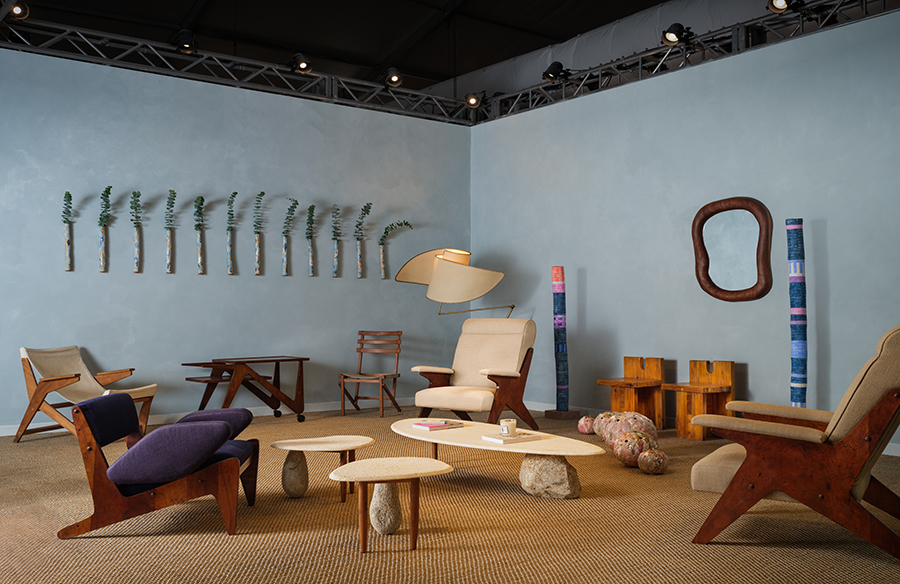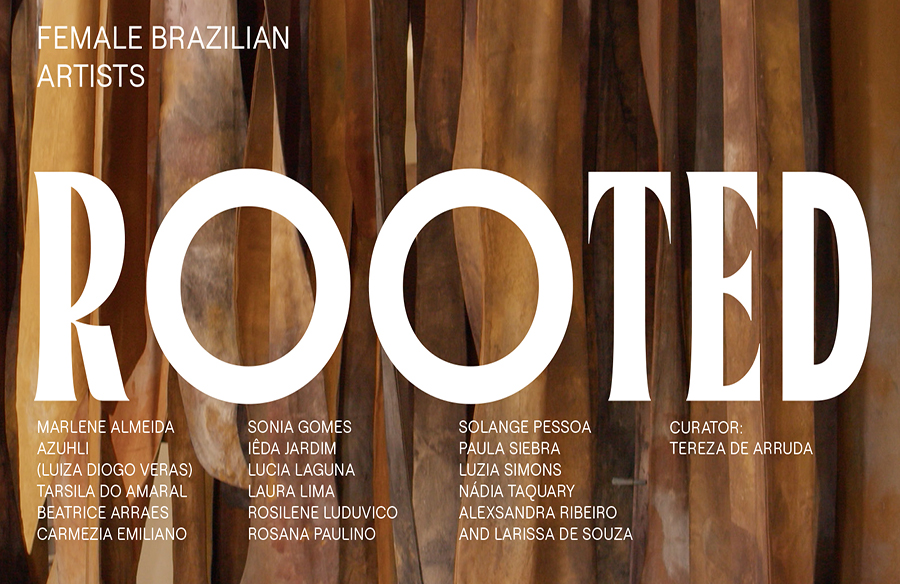Cork Fabric Is a Sustainable Material Worth Embracing

In today’s world, where environmental sustainability is paramount, the quest for eco-friendly materials has led to the rise of cork fabric as a versatile and sustainable alternative. Unlike traditional leather and plastic, cork fabric offers a high-performance, plant-based solution that addresses the pressing concerns of environmental degradation and resource depletion.
Understanding Cork Fabric
Derived from the bark of the cork oak tree, cork fabric is a natural and biodegradable material that serves as a substitute for leather in various applications. The cork oak tree’s bark undergoes a stripping process, allowing it to regenerate and making cork a renewable resource. Moreover, cork products are recyclable, contributing to a circular economy and minimizing waste.
Cork fabric boasts several desirable properties, including lightness, impermeability, compressibility, and low thermal conductivity. These qualities make it suitable for diverse applications such as construction, musical instruments, packaging, furniture, and, more recently, clothing and accessories.

Manufacturing Process
The manufacturing process of cork fabric involves several stages, starting with the manual stripping of cork bark from mature oak trees. The stripped bark is then boiled, marked, and cut into planks, which are further processed to create cork sheets. These sheets are laminated or glued to a textile or other base to enhance durability and usability as a textile material.
Uses and Applications
While cork has been used for millennia in various applications, including footwear, its utilization as a fabric material gained prominence in the late 20th century. Today, cork fabric finds applications in a wide range of products, including bags, backpacks, wallets, belts, shoes, dresses, and upholstery. Companies like LaFlore Paris are at the forefront of incorporating cork leather into their stylish and sustainable bag designs.
Benefits of Cork Fabric
Cork fabric offers several advantages over traditional materials like animal leather and synthetic plastics. Notably, cork is waterproof, lightweight, and has high tensile strength and abrasion resistance. Furthermore, cork’s sustainability credentials, including its renewable nature and carbon sequestration capabilities, make it an environmentally friendly choice for conscious consumers.

Environmental Impact
Cork oak forests play a vital role in sequestering carbon dioxide, with the Portuguese forest alone storing millions of tons of carbon dioxide annually. The harvesting of cork bark stimulates tree growth and contributes to carbon fixation, further enhancing the environmental benefits of cork production. While cork fabric is generally considered sustainable, variations in manufacturing processes and treatment methods may impact its environmental footprint.
Pros and Cons
Pros of cork fabric include its durability, water resistance, and environmental friendliness, while potential cons include the use of harmful chemicals in treatment processes and challenges associated with recycling certain cork fabric compositions.
Conclusion
In conclusion, cork fabric represents a sustainable and versatile material that aligns with the principles of environmental responsibility and ethical consumption. By embracing cork fabric in various applications, consumers can contribute to reducing their environmental footprint while enjoying high-performance, plant-based alternatives to conventional materials. As we raise awareness about the benefits of cork fabric, let’s celebrate its role in promoting sustainability and protecting our planet for future generations.














